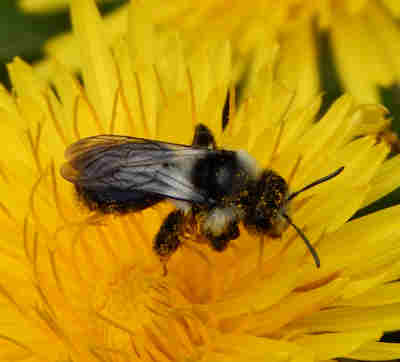About Bees
Bees are fascinating, beautiful creatures. They are incredibly important as pollinators, and surprisingly diverse in appearance. They evolved from wasps that inhabited the planet about 120million years ago.
Here you can find lots of introductory information to the world of bees. Find out about different types of bees, and more.
However, if the links below do not provide what you are looking for, please try the search bar.

What is a bee?
Is an insect a bee, a bug, or something else?
Types of bees
There are many different types (genera) of bees in the world. However, depending on where you live, here are 20 different types of beautiful bees you could look out for in your garden or local environment.
How many bee species are there in the world?
You may see different figures around on the internet, from various sources. However, answering the question is not as straightforward as you might think! Here's why.
Bee life cycle
No matter the species, all bees go through 4 key stages. Here's an explanation with images, of different bee species in various stages of their development.
Bee ID Charts
Download free bee ID charts here, to help you identify different species of bees.
Also see: Bee Identification.
Bee Facts
Check out these general fun, quick bee facts.
Bee Pollination
Bees are extremely important pollinators. Estimations vary, but it is often quoted that bees pollinate a third of the food we eat. Bees pollinate in different ways: for example, some collect pollen on their legs, others on their abdomens.
Why are bees awesome and important?
Well here are 10 reasons for a start!

If you found this page helpful or interesting, I'd really be grateful if you would share it with others - if not this page, perhaps another, such as Gardening For Bees.
Thank you so much :) .